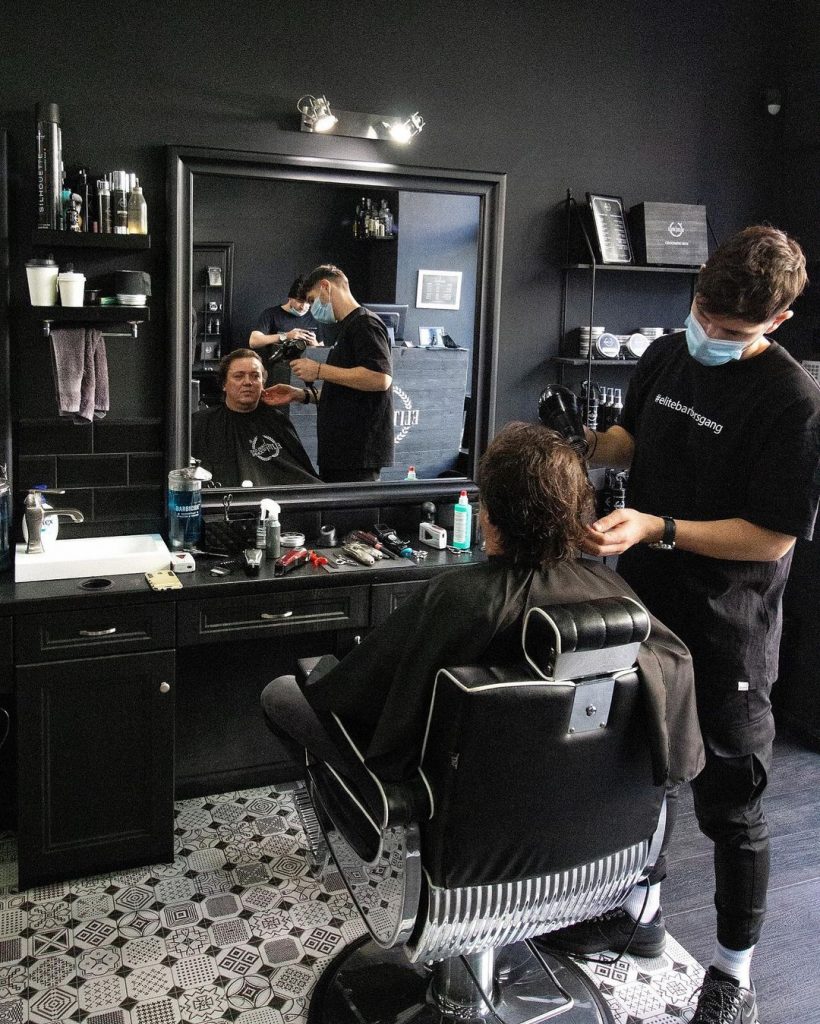When consulting a hairstylist, being able to accurately communicate your ideal hairstyle is essential for achieving the desired look. A thorough description helps the stylist understand your vision and reduces the chances of misunderstanding. To ensure that you get the haircut you want, it is necessary to get ready in advance and think about several key factors when articulating your style goals. These factors comprise hair cut, texture, design, and any specific features that you would like to incorporate.
Firstly, consider the length of your hair. Haircuts can range from very short styles like pixies to long layers that fall below the shoulders. It is helpful to specify whether you want a trim, a significant cut, or a complete transformation. Using precise terms such as "shoulder-length" or "mid-back" can provide clarity. Additionally, discussing the possibility of bangs or layers helps the stylist visualize your request more accurately. Being clear about how much length you wish to maintain or remove will significantly influence the outcome of your haircut.
Next, tress consistency plays a crucial role in shaping how a haircut will look. Different hair types—such as straight, rippled, ringlet-filled, or kinky—respond differently to specific cuts. When explaining your preferred cut, it is essential to mention your hair's natural texture and whether you intend to edgy haircuts use any styling tools or products. For example, if you have thick hair, you may want to ask for de-bulking methods to minimize volume. Alternatively, if your tresses is thin, you might seek layers that create volume. This information enables the professional to tailor the cut based on how your strands responds.

In addition to hair length and structure, sharing the overall look you want can provide guidance for the stylist. There are numerous More Info haircuts to select, including classic styles like bobs and contemporary variations like angled cuts. It is beneficial to share references of looks that appeal to you—these could be photos from magazines or online portfolios. Highlighting distinct elements such as blended lines, sharp lines, or graduated layers can assist in expressing your idea more effectively. This ensures that both you and your hair expert are on the same page regarding style direction.
Lastly, don't forget to include any distinctive features that might elevate your hairstyle. This could include aspects such as facial structure or personal style preferences that affect the overall appearance. For instance, those with circular face shapes might lean toward soft angles to elongate their profile, while individuals with square faces may choose blended layering to diminish their jaw structure. In addition, discussing shade preferences can also be part of this conversation; specifying if you want highlights or a solid color can better shape your ideal haircut.
To summarize, successfully communicating your desired style involves careful evaluation of several important elements: length, texture, look, and unique features. By preparing in ahead of time and being clear about these aspects, clients can greatly improve their experience at the salon and boost the likelihood of leaving with a haircut they are happy with. A successful discussion with a stylist is founded upon clear communication and mutual understanding. This team effort guarantees that both client and stylist collaborate towards creating the desired outcome.